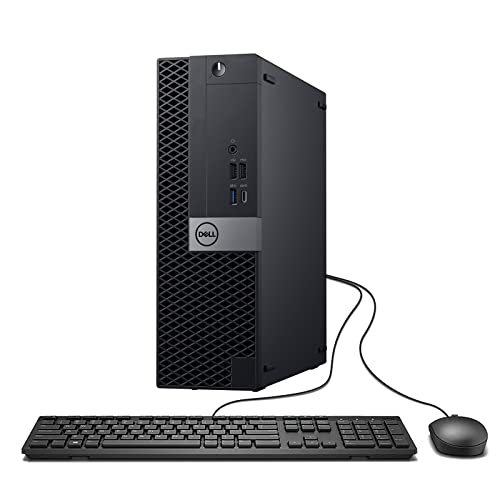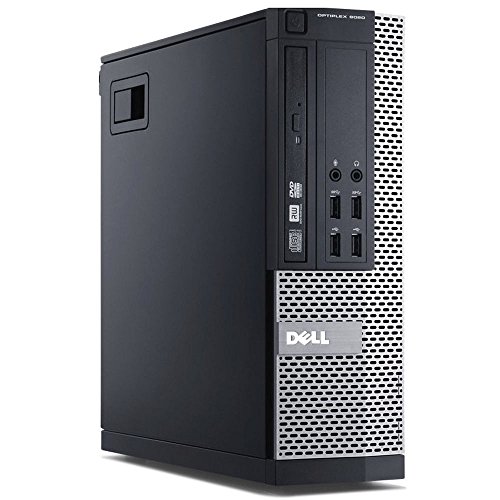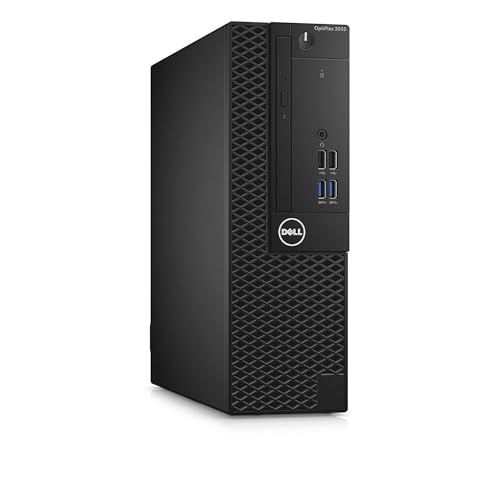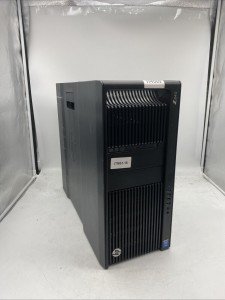Empowering Developer Productivity
Building a custom PC for software development is more than assembling powerful hardware—it’s about creating an efficient, future-proof workstation that accelerates coding, debugging, and testing. With development workflows continually evolving, developers need a system that not only handles intensive multitasking and virtualization but also provides a visually comfortable and stable environment for extended coding sessions. This guide delves into the essential elements of a development-centric custom PC, offering insights into hardware requirements, ergonomics, and software integration strategies.
#### High-Performance Processing and Multitasking
For developers, the central processor is the heartbeat of the system. Modern development environments benefit from multi-core CPUs that accelerate compilation, facilitate parallel processing, and support multiple virtualized environments. Whether using integrated development environments (IDEs) like Visual Studio, JetBrains suite, or running local servers and containers, a high-performance processor ensures that application builds execute rapidly and reliably.
- **Multi-Core Efficiency:** Processors with high clock speeds and multiple cores enable developers to run several resource-intensive applications concurrently without noticeable lag.
- **Virtualization Support:** Many developers rely on virtual machines or container platforms (e.g., Docker) to simulate production environments. CPU features such as Intel VT-x or AMD-V are essential to achieve smooth virtualization experiences.
#### Memory and Rapid Storage Solutions
Software development often involves manipulating large codebases, managing multiple databases, and handling extensive testing frameworks. Sufficient memory and rapid storage not only improve system responsiveness but also significantly reduce wait times during complex operations.
- **Ample RAM:** A minimum of 32GB is recommended for modern development setups, especially for those working with heavy IDEs, virtual machines, or simultaneous browser instances. For advanced development tasks like big data processing, 64GB or more further future-proofs the workstation.
- **Fast Storage:** NVMe SSDs provide ultra-fast read/write speeds that dramatically decrease boot times and accelerate the loading of large project files. Combining a high-speed SSD with additional, larger capacity storage (such as SATA SSDs or HDDs for archival purposes) creates an ideal balance between performance and capacity.
#### Multi-Monitor Setup and Ergonomics
Developers spend countless hours staring at screens, making ergonomic design and display quality crucial for long-term productivity and eye health. A multi-monitor setup can drastically enhance workflow, allowing simultaneous display of code editors, documentation, and debugging tools.
- **High-Resolution Displays:** Investing in monitors with high color accuracy and fast refresh rates ensures that text and graphics are rendered sharply, reducing eye strain during prolonged sessions.
- **Ergonomic Workstations:** Adjustable monitor stands, ergonomic keyboards, and precision mice contribute to a comfortable workspace, reducing the risk of repetitive strain injuries and promoting better posture.
#### Connectivity, Peripherals, and I/O Options
The efficiency of a software development PC is also driven by its connectivity options and peripheral compatibility. A robust motherboard with multiple USB ports, Thunderbolt connectivity, and support for high-speed network interfaces allows seamless integration of essential devices, such as external storage arrays, audio devices, or debugging hardware.
- **Peripheral Integration:** High-quality mechanical keyboards with tactile feedback and customizable macro keys streamline coding and command input. Additionally, a responsive wireless mouse and additional input devices, such as graphic tablets for UI design, can further enhance workflow.
- **Future-Proof I/O:** Motherboards designed with a range of connectivity options support the rapid evolution of hardware standards, enabling developers to expand the system with additional monitors, docking stations, or advanced networking gear as needed.
#### Software Integration and System Optimization
An optimized custom PC for software development is not solely about powerful hardware—it also requires fine-tuning at the software level. A clean, dedicated operating system with minimal bloat ensures resources are allocated where they are needed most.
- **Optimized OS and Drivers:** Ensuring that the operating system and all drivers are up-to-date improves system stability and security. It’s beneficial to configure the system for low-latency performance, which is particularly important when using resource-intensive development tools.
- **Development Environments and Containers:** Configuring virtual environments, containers, and integrated automation tools can streamline workflows. Developers can use resource monitors and system diagnostics to continuously track performance, making adjustments that maintain an optimal balance between power consumption and processing speed.
#### Scalable Architecture and Maintenance
Building with future expansion in mind is an important principle in a development-focused custom PC. A modular design that allows for easy upgrades—whether through additional RAM slots, extra NVMe M.2 slots, or PCIe expansion cards—ensures that the system can evolve with changing software requirements and technological advancements.
- **Modular Design:** Choose a motherboard that offers scalability options for future CPU, GPU, and storage upgrades. This approach protects your initial investment while allowing the system to adapt to emerging tools and software updates.
- **Regular Maintenance:** Routine system checks, software updates, and hardware cleaning are essential habits. Proactive maintenance helps identify potential issues early, ensuring that the workstation remains stable and fully capable during critical development cycles.
#### Conclusion: A Developer’s Ultimate Workstation
A custom PC for software development is a carefully orchestrated blend of high-performance components and ergonomic design, tailored to support daily coding challenges and innovative project demands. By investing in a system that prioritizes processing power, ample memory, fast storage, and superior connectivity, developers can create an environment that not only lifts productivity but is also adaptable enough to meet future challenges. With a focus on sustainable upgrades and strategic software integration, this custom build becomes a powerful tool that empowers developers—and their creativity—for years to come.
---
### SEO Keywords:
custom PC for software development, developer workstation, multi-core CPU development, high-performance coding PC, NVMe SSD, high-capacity RAM, multi-monitor development, ergonomic developer setup, virtualization support, optimized OS for coding, scalable PC for programming, developer PC build, custom development workstation
View our related products
See more

Dell Optiplex i7 Desktop
Dell
Product Review Score
4.15 out of 5 stars
227 reviewsPLN 728.67 PLN 689.59


HP Z840 Dual Xeon Workstation
Product Review Score
4.84 out of 5 stars
136 reviewsPLN 1,177.71 PLN 1,118.83
Custom PC for Software Development
Related Articles
Essential High-Performance PC Components You Need Now
Upgrade your setup with the must-have parts for unbeatable gaming and productivity
Top Picks for Best High-Performance PCs
Find the perfect power machine for gaming, work, or creative projects
Your Guide to the Best High-Performance PCs
Find the Right PC for Your Gaming and Creative Needs
View our related products
See more

Dell Optiplex i7 Desktop
Dell
Product Review Score
4.15 out of 5 stars
227 reviewsPLN 728.67 PLN 689.59


HP Z840 Dual Xeon Workstation
Product Review Score
4.84 out of 5 stars
136 reviewsPLN 1,177.71 PLN 1,118.83


